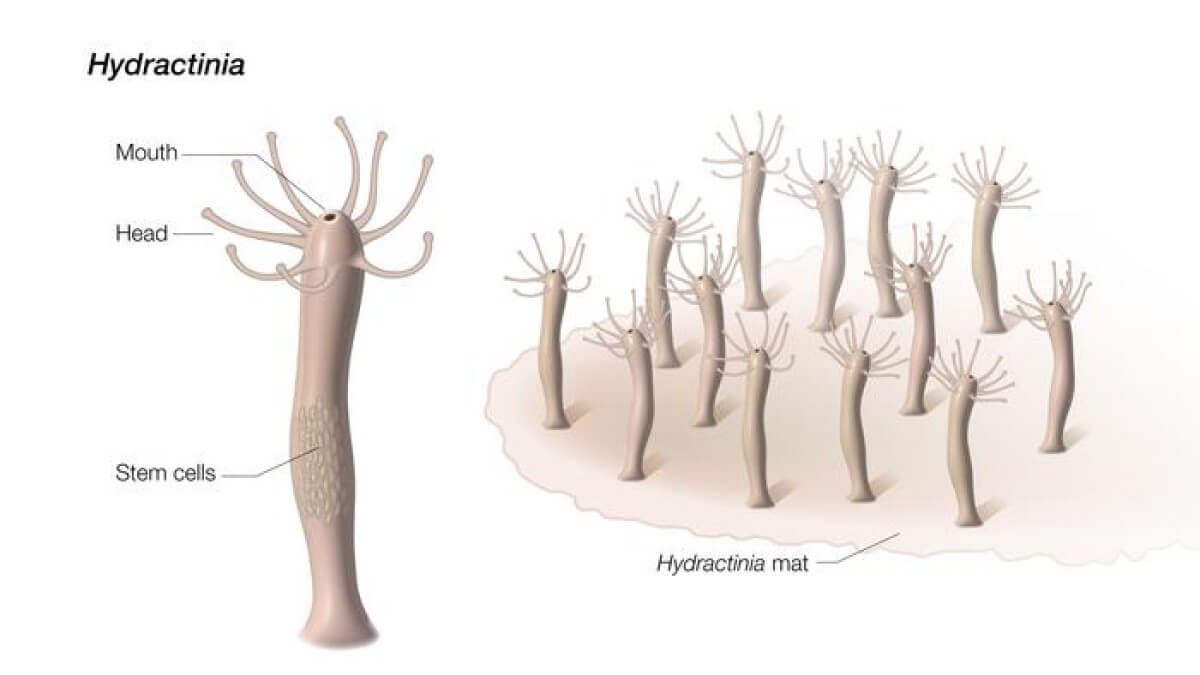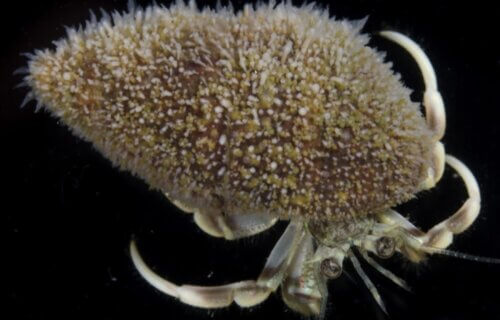BETHESDA, Md. — A potential “fountain of youth” pill might be on the horizon, thanks to a jellyfish-like sea creature. This peculiar animal can regenerate its entire body from cells in its mouth, thereby presenting the possibility of creating a life-prolonging elixir for humans.
“Studies like this that explore the biology of unusual organisms reveal both how universal many biological processes are and how much we have yet to understand about their functions, relationships and evolution,” says Charles Rotimi, Ph.D., director of the Intramural Research Program at the National Human Genome Research Institute (NHGRI), part of NIH. “Such findings have great potential for providing novel insights into human biology.”
The creature, Hydractinia symbiolongicarpus, is a small, tube-shaped organism that lives on the shells of hermit crabs. Its regenerative abilities have significant implications for healing and anti-aging treatments. These abilities were discovered after researchers sequenced portions of DNA known as RNA, which are associated with the biological process of aging, or senescence.
The study, published in the journal Cell Reports, found that fundamental biological processes are interconnected. Understanding these processes is crucial to human health and disease management. Humans do have some capacity to regenerate, such as healing a broken bone or regrowing a damaged liver. Other creatures like salamanders and zebrafish can replace entire limbs and replenish a variety of organs. However, simple-bodied species like Hydractinia often demonstrate the most extreme regenerative abilities.

“Most studies on senescence are related to chronic inflammation, cancer and age-related diseases,” adds Andy Baxevanis, Ph.D., senior scientist at NHGRI and an author of the study, in a media release.
“Typically, in humans, senescent cells stay senescent, and these cells cause chronic inflammation and induce aging in adjacent cells. From animals like Hydractinia, we can learn about how senescence can be beneficial and expand our understanding of aging and healing.”
Hydractinia uses stem cells, which are master cells that can transform into any kind of tissue. The research team identified similar genes in humans. Experiments demonstrated that Hydractinia expels senescent or aging cells out of its mouth. While humans cannot eliminate aging cells as easily, the roles of senescence-related genes in Hydractinia provide insights into how the process of aging evolved.
Humans shared an ancestor with Hydractinia — and its close relatives, jellyfish and corals — over 600 million years ago. Interestingly, these creatures do not age. This fact can offer crucial insights into our earliest animal ancestors. Regeneration might have been the original function of senescence in the first animals.
“We still don’t understand how senescent cells trigger regeneration or how widespread this process is in the animal kingdom,” Dr. Baxevanis concludes. “Fortunately, by studying some of our most distant animal relatives, we can start to unravel some of the secrets of regeneration and aging — secrets that may ultimately advance the field of regenerative medicine and the study of age-related diseases as well.”
You might also be interested in:
- Best Retinol Treatments: Top 5 Anti-Aging Products, According To Skin Experts
- Could humans grow new eyes? Researchers say mammals have the genes for regeneration
- You can live to 150? Scientists create app that shows human lifespan could nearly double
- These 8 simple habits can unlock your personal ‘fountain of youth’
South West News Service writer Mark Waghorn contributed to this report.


No doubt Joe and Hilary will be among the first to get free samples once it’s proven not to be dangerous.